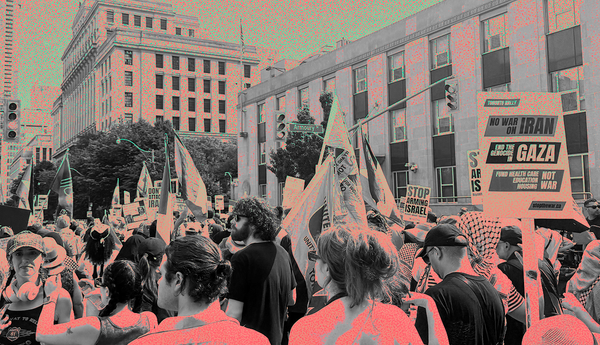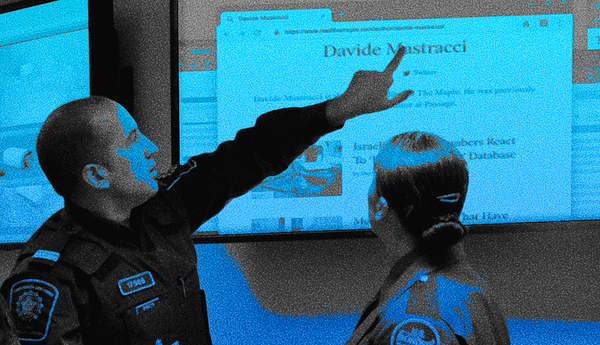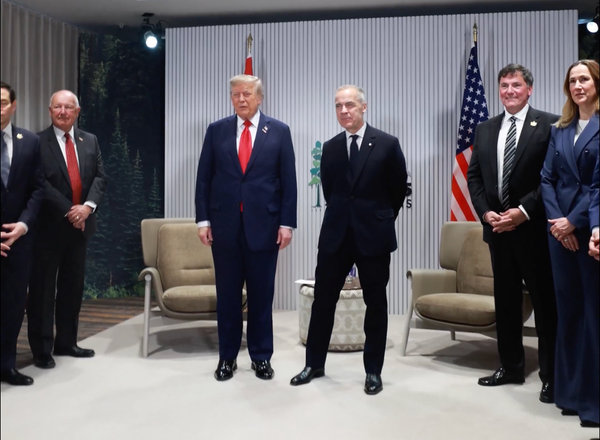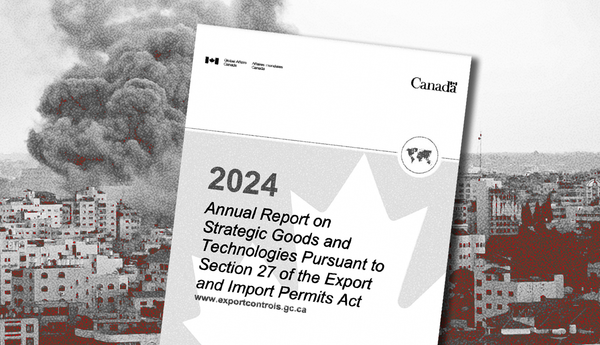The first line of the Ontario NDP’s list of higher education election promises is borrowed from a well-known student activism slogan: “Post-secondary education shouldn’t be a debt sentence.”
More than half of the province’s college and university students graduate with debt, a trend that has been steadily increasing as tuition fees have trended upwards over the past three decades.
The ONDP promises to convert student loans to grants in order to "make sure all students graduate debt-free," and pledges to reverse cuts that Doug Ford made to the Ontario Student Assistance Program (OSAP). They will also retroactively wipe out student loan interest payments.
However, despite longstanding calls from student organizers, the ONDP platform does not promise to freeze, reduce or eliminate tuition fees.
Leader Andrea Horwath pledged to freeze tuition back in 2011 under significant pressure from the student movement. Since tuition fees are the principal driver of “debt sentences,” addressing them is key to stopping the proliferation of student debt.
In contrast, the Liberals have committed to “keep tuition costs from rising,” although their costed platform doesn’t dedicate any money to make this happen.
Like the ONDP, the Liberals are promising to reverse cuts made to OSAP by Ford's Conservatives.
The Green Party is also promising to reverse OSAP cuts and to put more money into the higher education sector. They promise to pay for one year of college education for 60,000 students who go into trades that bolster the green economy.
Similarly, the ONDP promises to provide “tuition grants for programs geared toward expanding the net-zero economy.”
Anyone who has a memory of higher education policy in Ontario that goes back to the early 2000s will understand how bizarre it is that the Liberals are promising to stop tuition hikes while the ONDP is silent about these fees.
In 2003, the promise to freeze tuition fees became a central plank in the Liberals’ election victory. Liberal premier Dalton McGuinty froze fees for 2004 and 2005, and then hired former ONDP premier Bob Rae to propose a new tuition fee framework.
The “Rae Review,” as it came to be known, provided cover for the Liberal government to increase tuition fees at different rates for different students, depending on what programs and enrolment years they were in.
Ranging between five and eight per cent increases per year, the Liberals’ framework set in motion the debt crisis that students experience today.
Average undergraduate tuition fees in Ontario in 2005, the last year of the Liberals’ two-year freeze, were $4,881. That rate was nearly double what it had been in 1990.
By 2020, average undergraduate fees were $7,118.25, with average fees in business and public administration undergraduate programs reaching $9,414.
The lion’s share of the increases between 1990 and 2005 were thanks to the Progressive Conservatives (Rae was in power from 1990 to 1995). Nearly all of the increases between 2005 and 2020 were thanks to the Liberals, who lost power in 2018.
But the Liberals under McGuinty tried to hide their tuition increases with policies that promised students wouldn’t have to pay under certain circumstances.
The Liberals even came out and promised students “free tuition,” an announcement that blended loans, grants and stringent needs-based assessments to weed out who would be eligible to have most of their tuition fees covered, and who wouldn’t. In 2016, I criticized the plan for being confusing and deceptive.
As fees and debt continued to rise, it could be reasonably argued that tuition fees were not actually free as promised.
The funding model of high fees combined with matching loans and grants was a key plank in the Rae Review, and while it took a few years for the Liberals to fully embrace the logic, they only did so as they were on their way out of government.
When Ford got elected in 2018, he jumped on the popularity of lower tuition fees rhetoric and in 2019 introduced an across-the-board fee reduction followed by a freeze.
Of course, with other ancillary fees allowed to rise, most students wouldn’t have seen the exact same cost reduction from year to year, but Ford’s freeze did put the brakes on the up to eight per cent increases that were common under the previous Liberal government.
Except, when Ford froze tuition fees, he didn’t replace the money that the freeze took out of the system. Ontario’s higher education system is now funded at its lowest level since being a public system, with just 33 per cent of university operating costs coming from the province.
That means Ontario’s public system is “public” in name only, since a majority of the funding comes from private sources.
Ford’s combination of public underfunding and frozen fees is likely to continue into his next mandate, assuming he wins the election. However, Ford hasn't mentioned anything about higher education at all in the dribs and drabs of promises that he has released in lieu of a full platform.
Ford’s 2022 budget indicated that this government believed it was on the right path, and committed to continuing to freeze tuition fees for at least another year.
The Canadian Federation of Students - Ontario (CFS-O) slammed Ford’s budget, saying that it imposed even more cuts to OSAP after taking approximately $1 billion out of the program since the first year of the government’s mandate.
Spokesperson Kayla Weiler said in a media release last month, “students are outraged that after struggling for years with the pandemic this government is making even more cuts to their education while giving handouts to private corporations.”
The CFS-O is calling on the parties to introduce policies that eliminate tuition fees entirely.
Nora Loreto is The Maple's Ontario election reporter. She is the author of Spin Doctors: How Media and Politicians Misdiagnosed the COVID-19 Pandemic.







